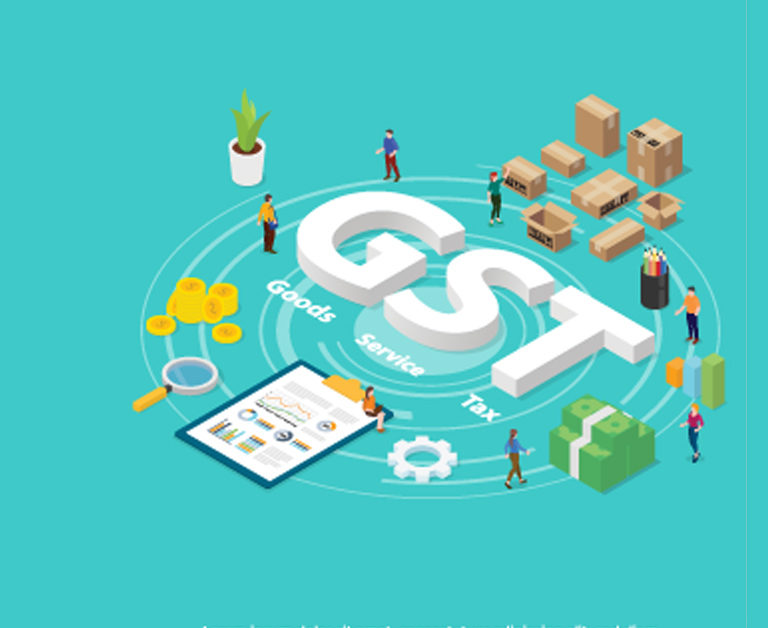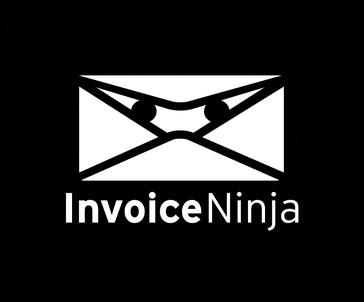Invoicing
An invoice is a document that gets given to customers that outlines the goods or services that they are being billed for. Invoices are used to record your sales and keep track of who has and hasn’t paid. Invoicing is extremely important for businesses.
Invoices help tell the story of your businesses cash flow and can help you understand when money is coming into your business and where it’s coming from. This will help you see different financial challenges and opportunities in your business.
Invoices should feature your business branding as well as being specific, simple and legible.
What needs to be included on an Invoice?
All requirements are listed below and more info can be found here.
- The words ‘Tax Invoice’ in a prominent place
- The Businesses name (or trade name) and GST number of the supplier.
- The date the invoice was issued.
- A description of the items sold, including quantity and price.
- Tax invoices must be in NZ$.
- Show GST amount payable and that each item sold includes GST. You’ll meet this requirement if you either:
- show the GST amount for each item
- clearly state that the total price includes GST
- Tax invoices for sales of $1000 or more also need to show the buyer’s identity.
Use of an invoicing software or template should cover all these requirements. You will find a new resources section on The Biz Girl Blog website with Xero’s free invoice templates for GST and non GST registered.
How to Create a professional invoice.
As well as including the mandatory elements, there are four things you should do to make sure your invoices look professional:
- Be specific – It’s tempting to keep your invoices as brief as possible however especially for service based business it is better to be more descriptive and ensure that your customers know exactly what they are being charged for.
- Track your time – This helps you learn how long tasks take and ensure that you are covering your costs as well as making your invoices more transparent for your customers. This can be done through an app like Projects, which you can read about in last weeks spotlight on apps.
- Business branding – The best invoice designs are simple and should include at least your business logo. Using your business colour palette can help customers remember your business when they require a similar service later.
- Use digital invoicing – Using invoicing software ensures that your invoicing is quicker, easier and will keep your invoices consistent. If you don’t have an accounting software to invoice out of consider an app like InvoiceNinja.
What should go where – Basic invoice format
From the top of the page to the bottom here how a basic invoice should be laid out:

- Your business details Your name, contact details & GST number if you’re GST registered.
- Customer details Include the person’s or business that you’re billing, and include an address physical or email.
- Invoice number and date Make sure this is included and in a prominent/easy to find place.
- Description of goods or services List the goods or services provided. Included costs & quantities for each item.
- What the customer owes Make sure the total cost is bold and any discounts and GST is included.
- Customer reference If you have been given a reference or purchase order number, make sure this is included. This will increase your chance of being paid promptly and some companys’ require this to match their records accurately.
- How to pay Include instructions at the bottom of the invoice for how to pay. If invoicing digitally include payment service links such as Stripe or paypal to make credit card payments and bank account details for bank transfers.
Xero recommends the following tips to save invoicing hassles
- Put the invoice number in the file name and email subject line so it’s easier to search.
- Convert your invoice to a PDF (or send an online invoice) so it’s harder for fraudsters to interfere with it.
Invoicing is one of the most important processes to setup in your business, if you don’t send customers an invoice you won’t get paid. Ensure that this process is setup and followed invoice customers promptly don’t leave it later than the end of the month. There is nothing worse than waiting for an invoice for months or having to chase a company for them to provide an invoice for services that need to be on charged.
Xero allows for custom invoices to be created such as the below. We have created a course on Xero Invoice Customisation so that you can easily learn how to create your own custom invoice templates. There is also customised templates available for purchase from our shop.








